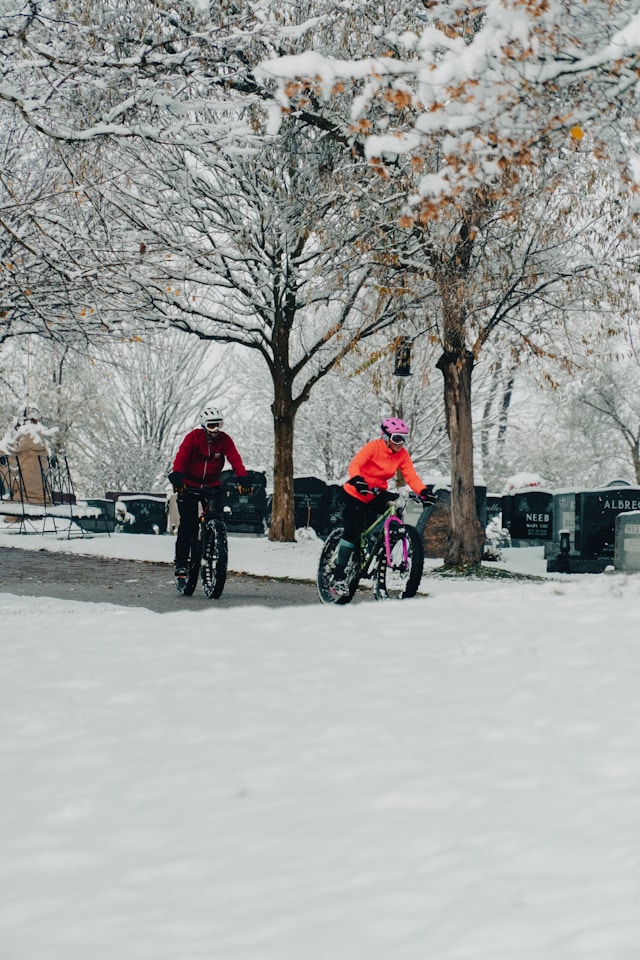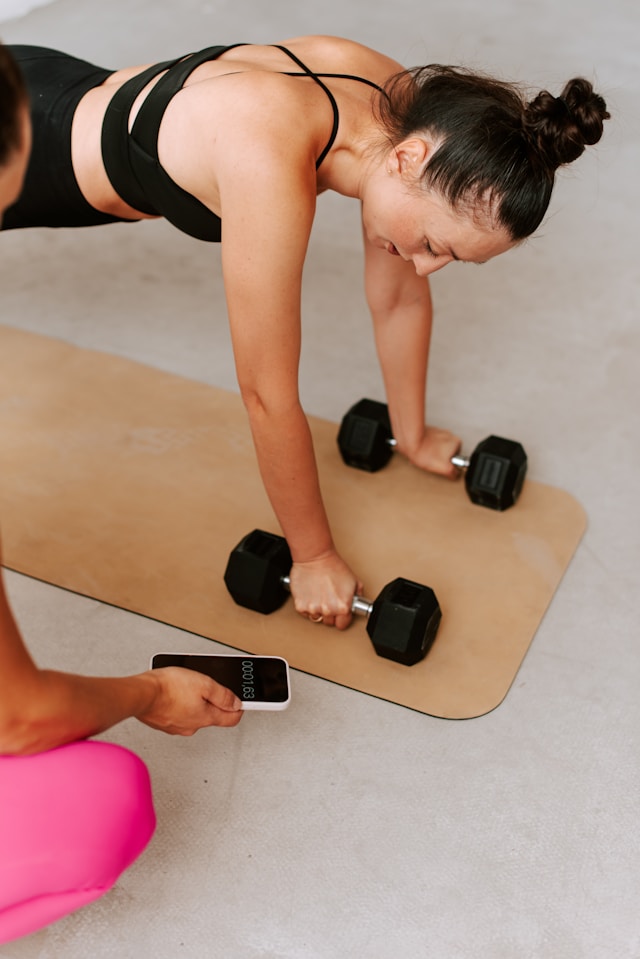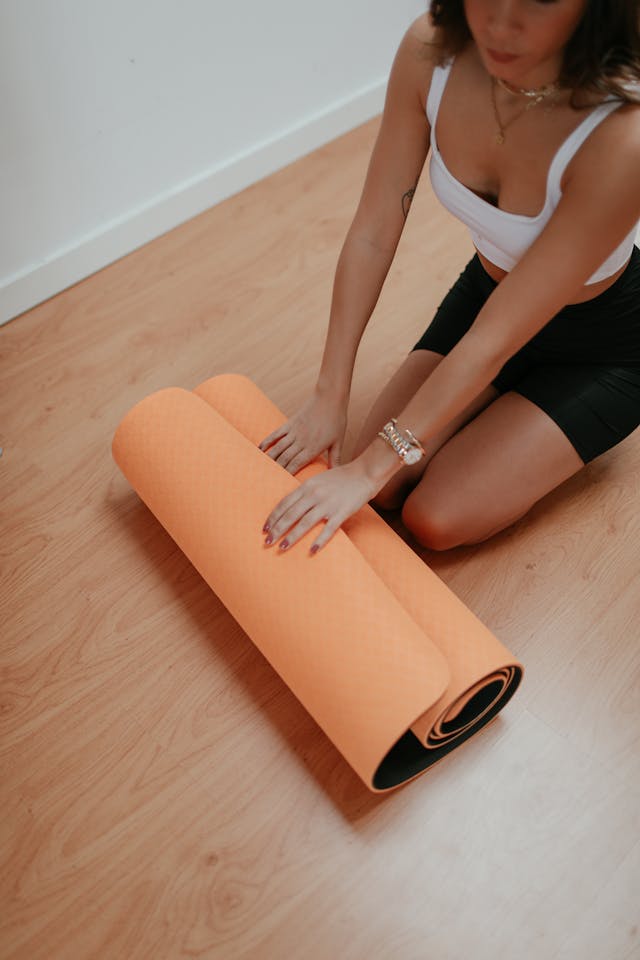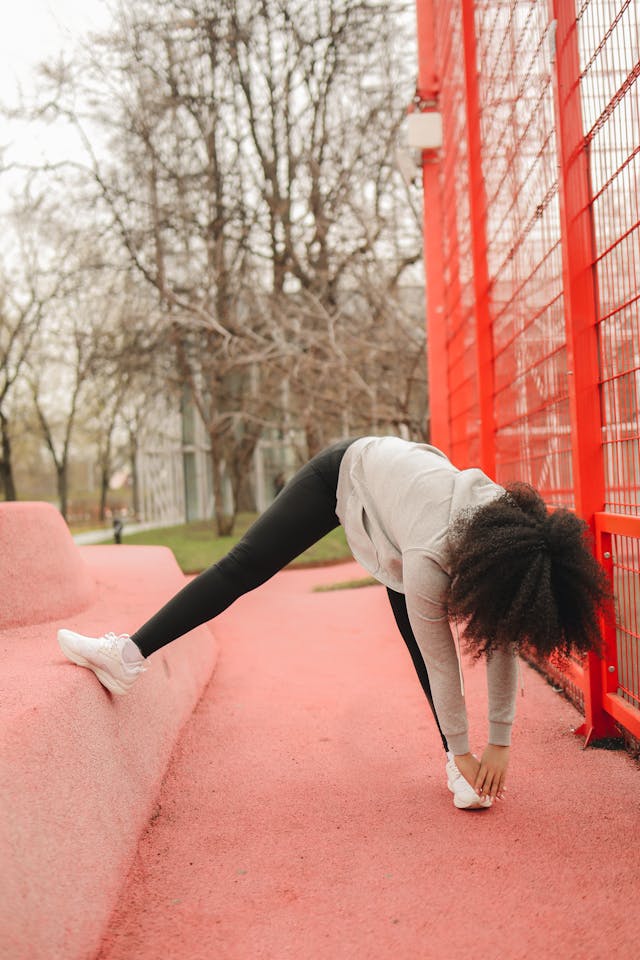Ways to Stay Fit Well This Winter: Tips for Staying Active and Healthy
As winter approaches, it can be easy to let your fitness routine slip with the colder weather and shorter days. Finding ways to stay active during this season is vital. It’s not only for maintaining physical health but also for boosting your mood and energy levels.
With a few creative strategies, you can enjoy the colder months while keeping your body moving.
Embracing outdoor winter activities can be a fun way to break the routine. Consider activities like hiking, ice skating, or even building a snowman with friends or family.
If you prefer staying indoors, there are plenty of effective exercises you can do at home, such as yoga, resistance training, or even online workout classes that can keep you motivated.
Staying hydrated and maintaining a balanced diet also play crucial roles in your winter fitness journey. As temperatures drop, it’s essential to keep drinking water, even if you don’t feel as thirsty. By focusing on your hydration and nutritional needs, you’ll have the energy to tackle your winter fitness goals head-on.
Understanding Winter Fitness Challenges
Winter brings unique challenges that can impact your fitness routine. Cold weather and shorter daylight hours can discourage outdoor activities. Fortunately, understanding these challenges allows you to strategize and stay active.
Impact of Cold Weather on Exercise
Cold temperatures can make outdoor exercises feel daunting. You may find it less appealing to run or walk in frigid conditions. Staying warm and dry is essential, and using appropriate gear can make a big difference.
Tips for Dressing for Winter Workouts:
- Layer Up: Wear moisture-wicking base layers to keep sweat away.
- Insulate: Utilize thermal jackets for warmth.
- Accessories Matter: Don’t forget gloves, hats, and scarves to protect extremities.
Consider indoor alternatives if the cold is too much. Activities like yoga, Pilates, or home workouts can keep you fit without facing the elements.
Overcoming Shorter Daylight Hours
The reduced hours of sunlight can impact your motivation and scheduling. Shorter days lead to fewer opportunities for outdoor workouts. This might discourage your usual routine and limit your options.
To counter this, plan your workouts strategically. Consider scheduling sessions during daylight hours, if possible, or opt for indoor exercises after work.
Here are some effective indoor activities:
- Cycling or Spin Classes: Great for cardiovascular fitness.
- Strength Training: Resistance bands and body-weight exercises can be done inside.
- Dance Workouts: Fun ways to stay active while enjoying music.
By adapting to these seasonal challenges, you can maintain your fitness and stay energized through winter.
Indoor Exercise Ideas
Winter can make it challenging to stay active, but there are plenty of indoor options available. From home workouts to joining classes or exploring virtual programs, you can find ways to maintain your fitness routine while staying cozy.
Home Workout Routines
Creating a home workout routine is a convenient way to stay fit during winter. You can use bodyweight exercises like squats, push-ups, and lunges that require no equipment.
Consider adding resistance bands or dumbbells for more variety.
Here’s a simple routine to get you started:
- Warm-Up (5-10 minutes): Jumping jacks or high knees
- Main Workout (20-30 minutes):
- Squats: 3 sets of 15 reps
- Push-Ups: 3 sets of 10-15 reps
- Plank: 3 sets of 30-60 seconds
- Cool Down (5-10 minutes): Stretching major muscle groups
A dedicated space in your home can make a big difference.
Joining a Gym or Class
If you prefer a structured environment, joining a gym or fitness class can be effective. Gyms often offer a variety of classes like yoga, Zumba, or spinning, giving you access to expert instructors and equipment.
This social aspect can also keep you motivated.
Check local facilities for their winter schedules. Some gyms offer promotions during colder months, making it easier to start your fitness journey.
Don’t hesitate to try different classes until you find the ones that resonate with you. It’s a great way to meet new people and share your fitness goals.
Virtual Fitness Programs
With the rise of technology, virtual fitness programs are great for winter workouts. Many platforms offer live or on-demand classes, ranging from high-intensity interval training (HIIT) to yoga and Pilates.
You can work out at your convenience, which is especially helpful during busy winter months.
Consider subscribing to popular fitness apps or YouTube channels to find workouts that fit your style.
Many programs provide challenges and community support, making your routine engaging.
This flexibility allows you to stay committed to your fitness goals even when it’s cold outside.
Outdoor Activities and Safety
Staying active in winter can be enjoyable with the right outdoor activities and safety measures. Dressing appropriately and choosing safe winter sports can enhance your experience while keeping you fit.
Dressing for the Cold
When you’re heading out for outdoor activities, proper clothing is essential. Start with moisture-wicking base layers to keep sweat away from your skin. Add insulating layers like fleece to trap heat and finish with a waterproof and windproof outer layer to shield you from the elements.
Don’t forget accessories like hats, gloves, and scarves. Protect your extremities since they’re more susceptible to cold. For footwear, choose insulated, waterproof boots with good traction to prevent slips on ice. Investing in clothing specifically designed for cold weather can significantly enhance your comfort.
Winter Sports and Hobbies
Winter offers numerous fun activities to keep you active. Popular options include skiing, snowboarding, and ice skating. These sports not only provide a great workout but also let you enjoy the beautiful winter scenery.
If you’re looking for something less intense, try snowshoeing or taking a winter hike. Both are excellent for cardiovascular fitness and can be done on various trails.
Always check the condition of the paths and trails before heading out. Joining a local group can also make these activities safer and more enjoyable, plus you might meet new friends along the way.
Remember to hydrate even in colder weather and listen to your body to prevent overexertion.
Nutrition and Immunity Boosters
Maintaining a strong immune system during the winter months is crucial. Focusing on seasonal foods and essential vitamins can significantly enhance your overall health and preparedness against seasonal illnesses.
Seasonal Healthy Eating
Eating a variety of seasonal fruits and vegetables can boost your immune system. Look for foods rich in antioxidants and vitamins, such as:
- Citrus fruits: Oranges and grapefruits are loaded with vitamin C.
- Root vegetables: Carrots and sweet potatoes provide beta-carotene.
- Cruciferous veggies: Broccoli and Brussels sprouts are high in nutrients.
Incorporating soups and stews made with these ingredients can keep you warm while providing necessary nutrients. Consider whole grains, nuts, and seeds as well, as they offer healthy fats and additional vitamins. A colorful plate not only satisfies your taste buds but also supports your body during the colder months.
Vitamins and Supplements
During winter, your body may require additional support through vitamins and supplements. Here are some key players:
- Vitamin D: Essential for immune function, especially during shorter days. Daily supplementation can help maintain levels.
- Zinc: Plays a vital role in immune health and can be found in nuts, seeds, and legumes. It may help reduce the duration of colds.
- Echinacea: Often used to potentially boost immunity, studies suggest it may shorten the duration and severity of colds.
Before starting any supplement, consult with a healthcare professional to ensure it’s appropriate for you. Balancing your diet with these vitamins and minerals strengthens your immune defenses effectively as the season changes.
Staying Motivated and Accountable
Staying active in winter can be challenging, but maintaining motivation is crucial for your fitness journey. Focusing on achievable goals and tracking your progress can help you stay accountable and engaged.
Setting Achievable Goals
Setting realistic and specific goals is essential for maintaining motivation. Break down larger fitness objectives into smaller, manageable milestones.
For example, instead of committing to a 5-mile run right away, aim for a 1-mile run and gradually increase the distance.
Consider using the SMART criteria for goal setting:
- Specific: Define what you want to achieve clearly.
- Measurable: Establish criteria to measure your progress.
- Achievable: Ensure your goals are realistic given your current fitness level.
- Relevant: Choose goals that align with your personal interests and lifestyle.
- Time-bound: Set a deadline for achieving your goals.
Having clear targets will help you stay focused and make adjustments as needed.
Tracking Progress
Keeping a record of your workouts and achievements is a great way to stay accountable.
Consider using a fitness app or a simple journal to log your activities. Note the exercises you complete, their duration, and any progress you make in strength or endurance.
Regularly review your data to celebrate small victories, such as increased stamina or completed workouts. This will reinforce your commitment to fitness.
Additionally, sharing your progress with a friend or fitness community can provide added motivation.
Whether through social media, a workout group, or a buddy system, knowing others are aware of your goals can encourage you to stay consistent and dedicated.






